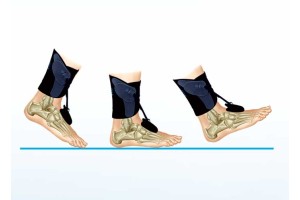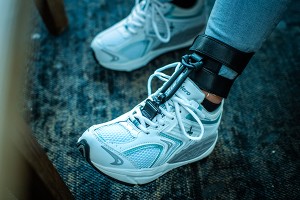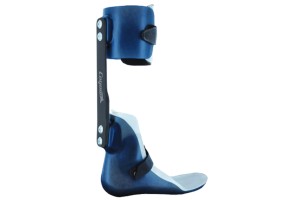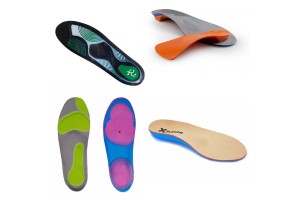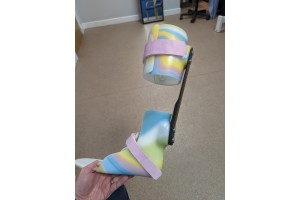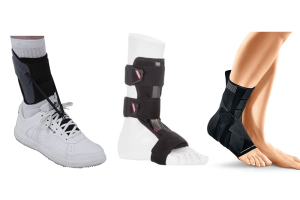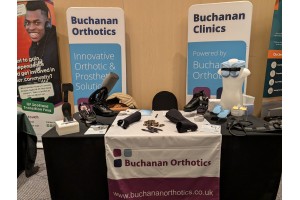Hallux limitus and rigidus are common and often disabling causes of foot pain that progresses in severity as time progresses. Arthritis in the big toe joint is often classified as Hallux limitus or rigidus when the joint range of motion is restricted. Hallux rigidus and limitus are characterised by damaged cartilage and bony growth on top of the joint resulting in a stiff and painful joint.
Hallux Rigidus and limitus are structural problems for which conservative non-surgical treatment will focus on pain and symptom reduction. This can be achieved in many ways, often aiming to reduce the forces acting to bend the big toe.
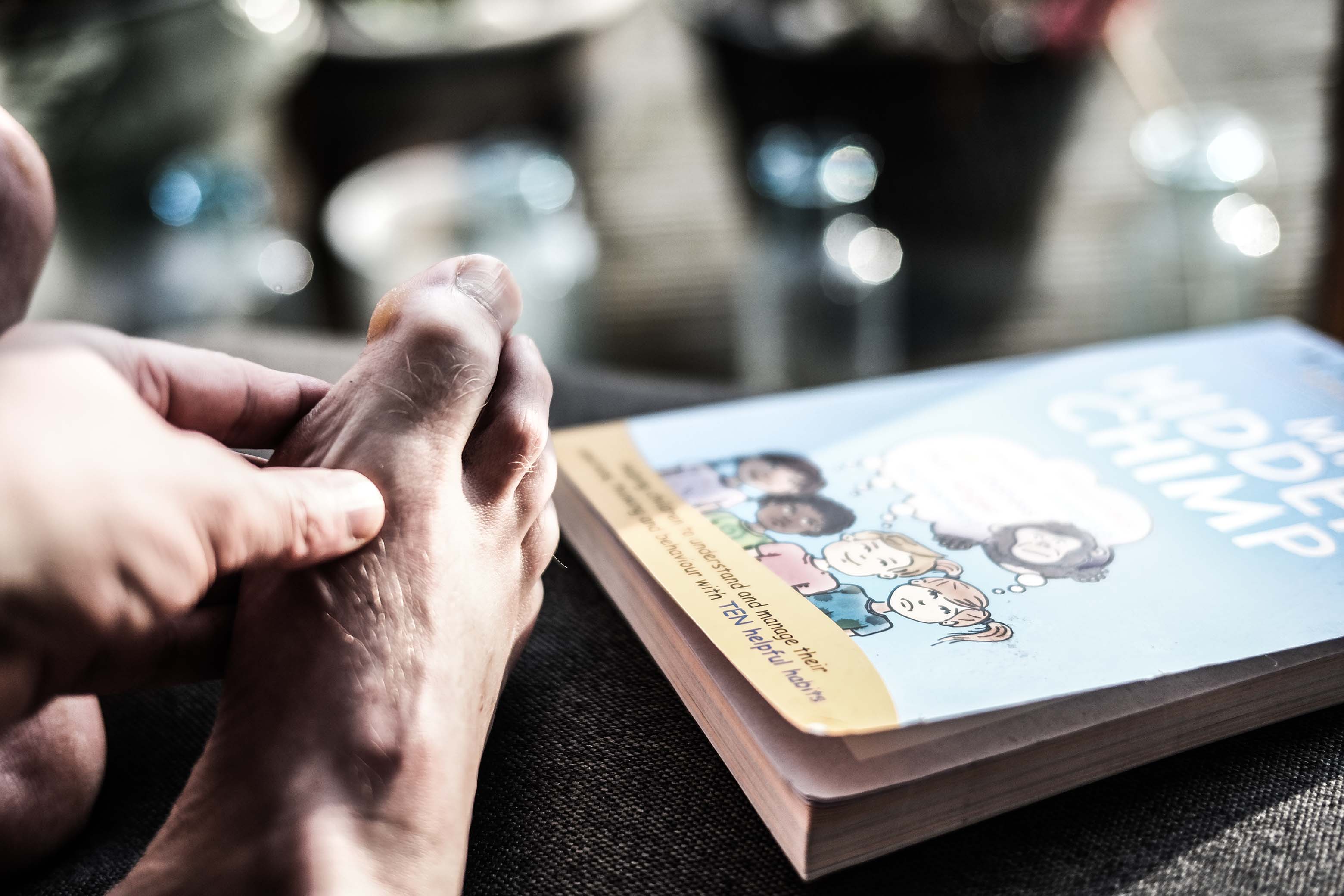
Why is it painful?
Hallux limitus can be a painful condition because your body
is trying to bend something that does not want to bend.
The big toe is designed to bend as you roll over your foot.
If it can’t bend, then it will force compensation elsewhere, which can also be
painful.
For instance, the forceful bending of the big to joint when
doing a press up or plank can also be painful.
Can surgery help?
Surgical treatment to fuse the joint is often conducted. This
often helps greatly in reducing the pain in the big toe joint but can lead to
pain in other locations due to compensations due to the fused big toe.
What Orthotic options are available?
Most orthotic treatment will aim to limit the forces trying
to bend the painful joint. This will generally take the form of a stiffened
insole or stiffned rocker sole.
Stiffening insoles
Stiff insoles are generally made of carbon fibre or another
composite material. They aim to limit the forces trying to bend the big toe.
They can work well to reduce painful forces but can have the drawback of taking up room in the shoes. If there is an enlarged big toe joint, space can be at a premium within footwear.
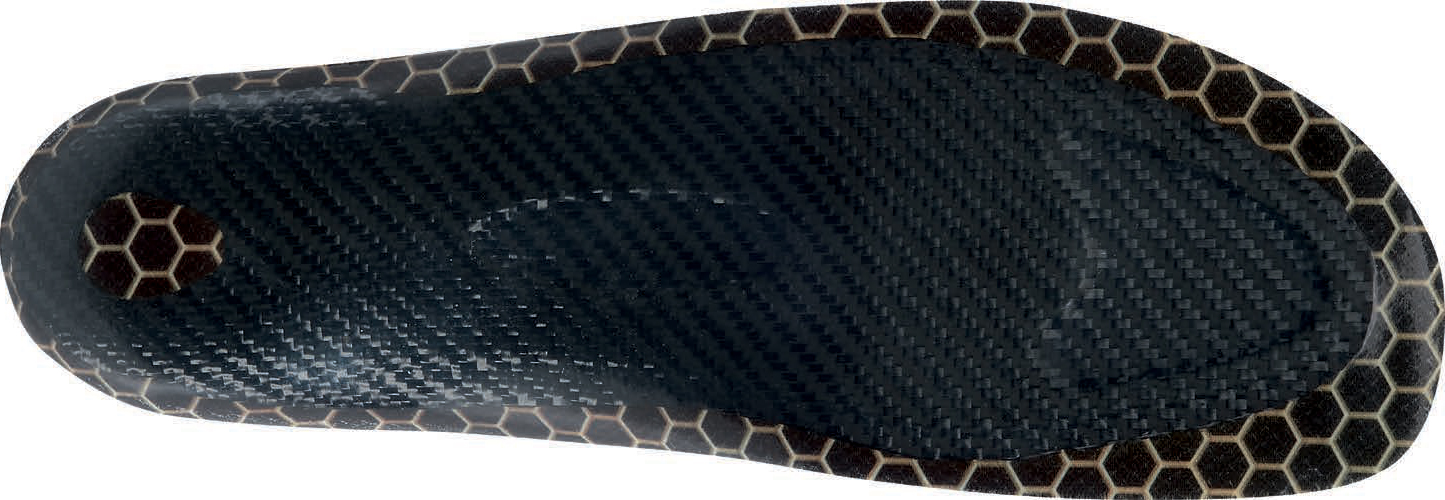
Example of Carbon Fibre Hallux RIgidus insole
Rocker Soles
Rocker soles are designed to stiffen the sole of the shoe
and help the foot progress by mimicking the big toe's bend. They are often used when other foot joints in
the foot and ankle are fused and have a long history of reducing foot ulcers in
diabetics.
Some shoes come with built-in rocker soles, and others need to have them added.
What do we recommend?
We find in clinic that the use of insoles and a rocker sole is the best solution to help with this painful condition.
Do we recommend any particular type of footwear?
It is hard to provide any recommendations as the style and designs
of footwear will change from month to month. We generally advise people with
this condition to look for shoes with a sole that is difficult to bend by hand.

